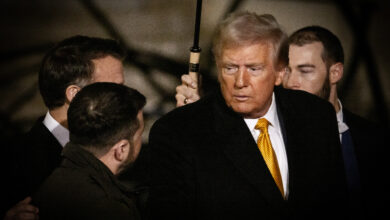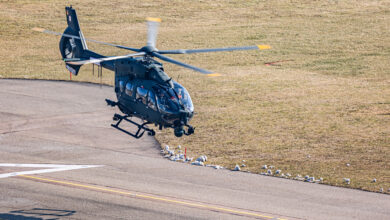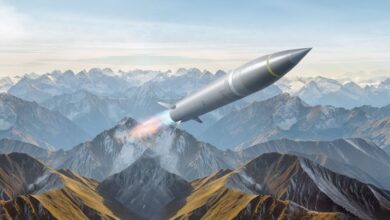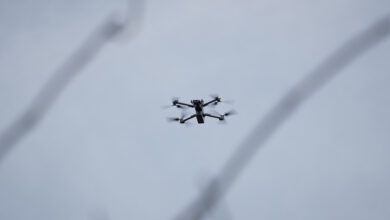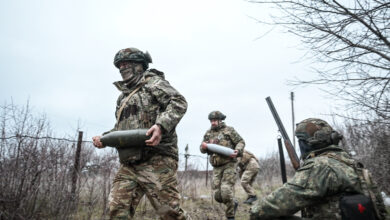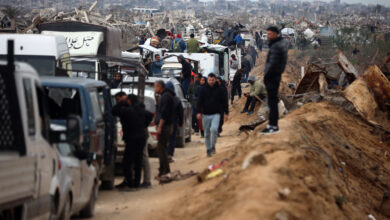
With rising security risks in the Indo-Pacific and Eastern Europe, and financial constraints due to years of budget-busting spending, defense budgets should be spent in ways that provide immediate help at a reasonable cost.
Developing expensive and untested platforms that may not be available to military personnel for years undermines readiness and only increases immediate risks.
A smart strategy would be to strengthen defensive capabilities by loading up on effective, proven, and affordable weapons and defensive systems. Many established platforms can be upgraded with the latest technologies quickly and at a relatively low cost. These platforms are remarkable in that they have both the capacity and capability to keep delivering far more than prior versions, a real credit to the soundness of their design.

US Army Future Attack Reconnaissance Aircraft
Along these lines, there is good reason to be concerned about the US Army’s Future Vertical Lift modernization plans, particularly regarding the Future Attack Reconnaissance Aircraft (FARA).
Aviation leaders are questioning the feasibility of FARA’s current design, with its single-engine and small rotor size. Moreover, the helicopter’s heavy structure restricts the addition of necessary weapon or sensor systems, which can further contribute to its limitations.
Because of these issues, there are discussions about enhancing FARA’s lift capacity by increasing the rotor diameter and incorporating a supplemental power unit. But changing the requirements and exploring a dual-engine option suddenly makes FARA look like the highly capable and proven Apache attack helicopter.
In April of this year, the US House of Representatives held a hearing on rotary wing aviation. Congress has persistently raised questions regarding the funding and potential alternatives for FARA.
Chairman Rob Wittman of the House Armed Services Committee Tactical Air and Land Forces Subcommittee addressed both of these topics, stating that he remains “deeply concerned that by the end of fiscal year 2023, we will have spent $2 billion on the FARA program, yet we still lack an analysis of alternatives (AoA), a critical document that ensures major acquisition decisions are based on a thorough evaluation of options. Frankly, it’s alarming there is no AoA for FARA.”
Funding, Delays, Personnel Changes
In addition to the $2 billion, $458 million will have to be approved to proceed with FARA. That is a lot of money considering the absence of an AoA and the uncertainty that the Army even has a design that will enhance national security interests.
The continued delays in developing an improved power plant for FARA are driving further cost overruns and scheduling delays. Even if current schedules are met later this fall, there will be much more to do before any test flights can take place.
Assuming no further delays, a test flight is expected to occur in late 2024 or early 2025. But even that means the actual delivery of the new platform is still several years away, at the very least.
The challenges swirling around the FARA are further complicated by upcoming changes among the US Army’s general officers with aviation backgrounds.
The Chief of Staff of the Army, one of FARA’s most prominent advocates, is transitioning to retirement this summer. Additionally, other aviation generals in key positions are either retiring or changing roles before the next Strategic Portfolio Analysis and Review, further casting doubt on the future of FARA.

Modernizing Existing Apaches
It is not unreasonable to question whether these new systems will be more effective than the established Apache, which is the world’s most robust attack helicopter. Updating Apaches with the latest technology is a straightforward and cost-effective option.
To address the need for more attack helicopters, new and upgraded Apaches can be produced and deployed to Army pilots much sooner than other alternatives can even begin testing. This modernization program is also cost-effective, benefiting taxpayers and enabling the Pentagon to allocate funds to other essential priorities.
If there is a need for more attack helicopters, new and upgraded Apaches can start rolling off the assembly lines and be in the hands of Army pilots long before other options will even be ready for testing. Such a modernization program is also cost-effective, benefiting taxpayers and allowing the Pentagon to fund other essential priorities.
Hopefully, the Pentagon and leaders in Congress will take swift action to expedite the development and procurement of needed equipment. Modernizing the Apache is among the decisions the US Army can make to enhance capabilities, fortify defenses, and discourage geopolitical adversaries from thinking they have a window of opportunity.
 George Landrith is President of Frontiers of Freedom, a think tank founded by former US Senator Malcolm Wallop to promote the principles of peace through strength.
George Landrith is President of Frontiers of Freedom, a think tank founded by former US Senator Malcolm Wallop to promote the principles of peace through strength.
The views and opinions expressed here are those of the author and do not necessarily reflect the editorial position of The Defense Post.
The Defense Post aims to publish a wide range of high-quality opinion and analysis from a diverse array of people – do you want to send us yours? Click here to submit an op-ed.


